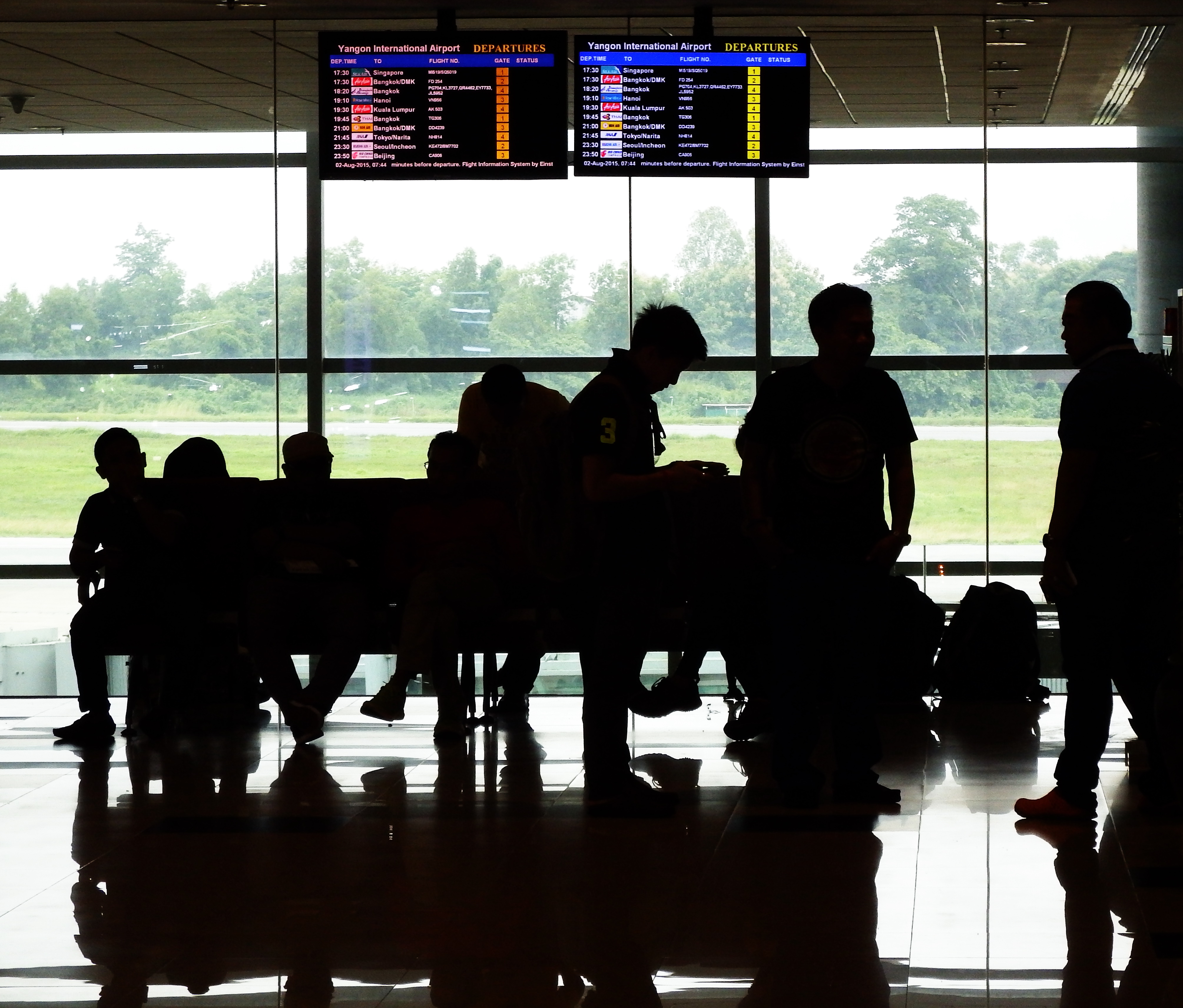
Incentive Design in Ride Sharing Platforms
Ride-sharing platforms have quickly become a widespread phenomena, with significant impacts on urban mobility systems and economies as a whole. At the same time, the ultimate benefits of these platforms might be hindered by mismatches between supply and demand at some hours of the day (temporal mismatch) or in some locations in a city (spatial mismatch).
This project explicitly studies the economic aspects of ride-sharing platforms, and particularly the design of incentive systems to align the behaviors of riders and drivers on the platform with broader mobility objectives. Specifically, it will involve three specific investigations.
First, it will develop an original mechanism for matching and pricing in ride-sharing systems that explicitly captures the demand heterogeneity in terms of the riders’ preferences over the timing and price of the ride services. In other words, the proposed mechanism allocates available vehicles in priority to time-sensitive riders at a price premium, and offers discounts to other riders willing to incur some delay.
Second, it will provide a platform design that enables information sharing with the riders and drivers to enhance transparency over demand levels, wait times and prices across space and time. Third it will design and optimize rating systems to enhance service levels through the matching of riders and drivers, while maximizing overall system efficiency and minimizing wait times. Ultimately, the results can provide insights on how to render the design of ride-sharing platforms more consistent with users’ preferences, and thereby ultimately more efficient, more fair and more sustainable.
Project Accomplishments
Despite their short history, ride sharing platforms have quickly become a widespread phenomenon, and have profound effects on urban transportation systems. At the same time, the ultimate benefits of these platforms might be hindered by mismatches between supply and demand at peak times (temporal mismatch) or in some locations (spatial mismatch). This motivates the design of incentive systems to align the behaviors of riders and drivers, to make the economic and operational outcomes more consistent with agents’ preferences.
On-demand ride-sharing differs from traditional transportation systems in three aspects:
- First, ridesharing manages demand-supply imbalances in real-time (as opposed to transit scheduling).
- Second, ride-sharing relies on the online matching of riders and sellers (as opposed to first-come first-served operations in taxi systems).
- Third, online payment capabilities enable real-time personalized pricing schemes (e.g., surge pricing applies differentiated prices based on spatial- temporal characteristics of rider requests and driver supply).
This project proposes a novel economic mechanism that leverages these new capabilities to improve the performance of ride-sharing systems and urban mobility. From a practical standpoint, the mechanism works as follows. Rider A and Rider B request a ride at the same time from the same origin to the same destination. Rider A is in a hurry, and thus willing to pay a premium for getting a ride right away. Rider B does not mind waiting, but would love a discount if possible. In the current state of operations, ridesharing platforms cannot differentiate prices and services among the two riders. So Rider B may get a ride before Rider A! The proposed mechanism, in contrast, enables Riders A and B to let the platform know about their preferences, which enables the platform to account for them when allocating rides. This mechanism augments existing surge pricing practices when riders are heterogeneous.
The design and optimization of the proposed mechanism is achieved through a theoretical economics model that optimizes the platform’s profits, subject to individual rationality, incentive compatibility and capacity constraints.
The insights from this project are as follows:
- Ride-sharing platforms can use the timing of rides strategically for: (i) smoothing out demand supply imbalances, and (ii) discriminating service levels across time-sensitive and price-sensitive riders.
- There exist instances where the optimal price of a ride is higher under low demand than under high demand, due to the dual objectives of managing demand-supply imbalances and discriminating across heterogeneous riders.
- Under strong rider heterogeneity, the mechanism does not maximize social welfare but the platform captures all the surplus generated. Under weak rider heterogeneity, the mechanism maximizes social welfare but the platform leaves some surplus to the riders as information rent.
- In a dynamic mechanism, optimal prices do not necessarily increase with demand. To see the intuition behind this result, consider an instance where, under low demand, the platform delays service to price-sensitive riders to: (i) charge a higher price to time-sensitive riders, (ii) serve delayed riders, and (iii) create a demand backlog for the next period. Under high demand, the same strategy would result in an even larger demand backlog, which the platform may not be able to fulfill in the next period. Instead, the platform may thus provide more timely services to price-sensitive riders, and hence charge a lower price to time-sensitive riders to maintain incentive compatibility.
- As compared to surge pricing, the mechanism increases the platform’s profit. Moreover, by making the allocation decisions more consistent with customer preferences, it may also induce a higher customer surplus, thus providing a Pareto improvement.
- The optimal mechanism also increases the platform’s profits, as compared to a static menu of prices and service levels—thus showing the benefits of dynamically adjusting the service offerings and prices as a function of the state of the system.
- We propose an intermediate mechanism that is history-independent but dynamically adjusts the menu with incoming demand. This new mechanism is less information-intensive than the optimal mechanism, but is shown to achieve close-to-optimal outcomes—thus providing an easily implementable approximation of the optimal mechanism.
The outcomes of this project include:
- New theoretical economics model for on-demand ride-sharing and analytical results characterizing optimal ride-sharing operations, as a function of rider heterogeneity and demand-supply imbalances faced by the platform.
- New insights on the performance of on-demand platforms, and opportunities for personalized pricing and service levels. Results suggest opportunities to enhance the economic and operational performance of ride-sharing platforms by eliciting customer preferences and adjusting prices and service levels accordingly. The insights from this project are in line with recent industrial developments such as Uber Pool, Uber Express Pool and Lyft Line.
Project Partners
Pittsburgh International Airport
http://www.flypittsburgh.com/
Project Team
Prof. Alexandre Jacquillat
Heinz College, Carnegie Mellon University
Prof. Beibei Li
Heinz College, Carnegie Mellon University
